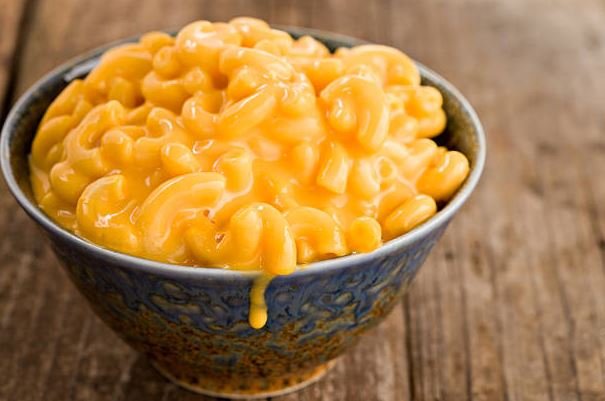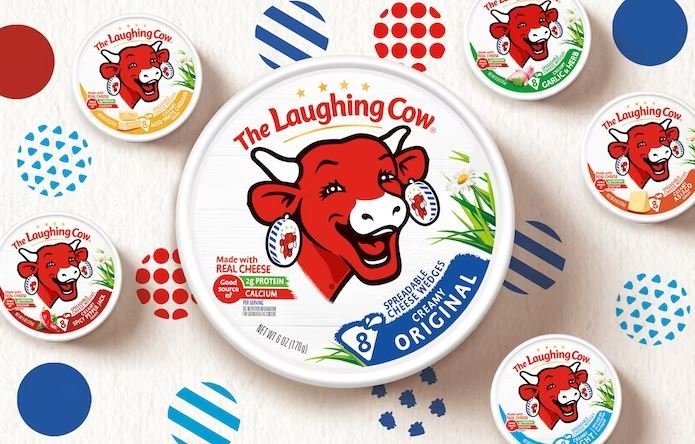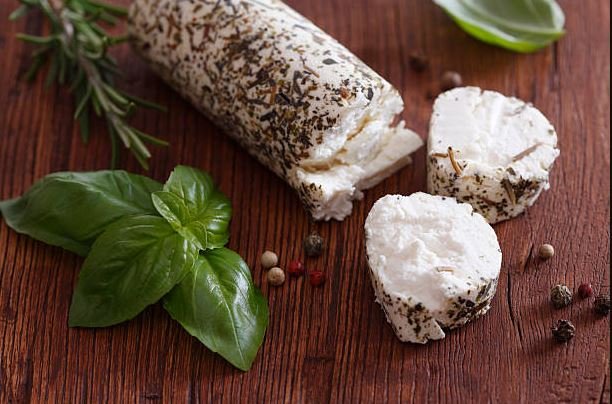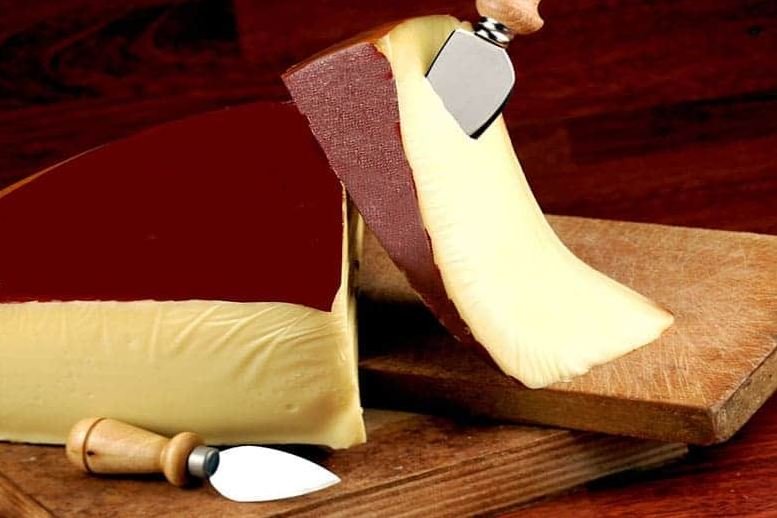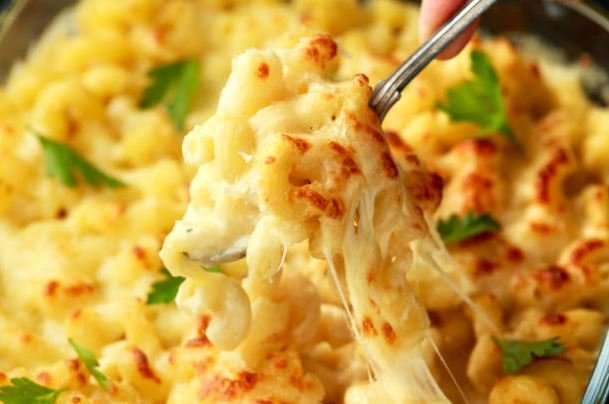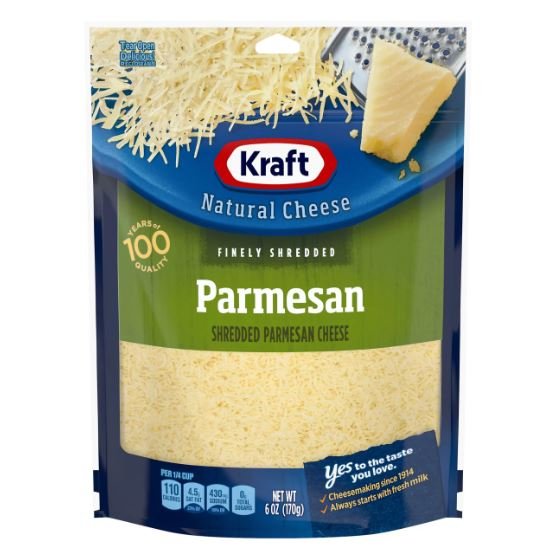Fats and proteins play a significant role in your body because they are two of the major nutrients it needs. Knowing the kinds of foods that contain these two nutrients can sometimes be difficult. As a cheese lover, for example, you may be wondering about the nutritional content of cheese. So is cheese a protein or fat?
Cheese is not considered a protein or fat on its own, but it is a source of protein and fat. Cheese is obtained from animals, making it a significant source of protein. Cheese can also be a good source of healthy and unhealthy fat. However, cheese’s protein and fat content vary depending on the type.
Cheeses like Mozzarella and Feta contain low levels of mostly healthy monounsaturated and polyunsaturated fats. Contrarily, cheddar and brie contain higher levels of unhealthy saturated fat. If you have ever wondered whether cheese is a protein or fat, here’s everything you need to know.
Is Cheese Considered A Protein?
Cheese is widely considered a good source of protein because it is made from milk, which contains whey and casein protein. The protein content of cheese differs based on the type. However, on average, one ounce of cheese holds around 7 grams of protein. Cheese contains the amino acids your body needs to fix and construct tissues.
Protein is one of the six essential nutrients found in cheese, and it can help rebuild and repair your muscle tissue. An ounce of Parmesan cheese contains 10.9 grams of protein, making it one of the highest protein sources. Mozzarella cheese offers 7.36 grams per 1-ounce serving, while provolone cheese provides 7.25 grams per ounce. Gouda and cheddar cheese each have approximately 7 grams of protein per serving.
Does Cheese Count As Fat?
Cheese doesn’t count as fat on its own, but it is usually regarded as a source of fat in a balanced diet, even though it also contains protein. The exact fat content varies depending on the kind of cheese; harder, older cheeses like cheddar and parmesan often have a higher fat content than fresher, creamier cheeses like ricotta and feta.
Also, not all fats are equal, and different types of fat may be found in various kinds of cheese. For instance, while certain cheeses are higher in monounsaturated or polyunsaturated fats than others, some are high in saturated fats. One ounce of cheese could contain anywhere from 3 to 9 grams of fat, depending on the specific type of cheese.
Consuming cheese as part of a balanced diet in moderation is recommended due to its calorie content. Some cheeses, specifically those made from whole milk, contain high levels of saturated fat. According to research, consuming saturated fat could be why there is an increased risk of heart disease.
Is Cheese A Healthy Fat Or Protein?
Cheese can be considered a healthy source of fat and protein, but that depends on the type of cheese. Cheese is a healthy food that provides high amounts of protein and significant amounts of calcium and vitamin D in many cases.
A popular breakfast food, cottage cheese has a significantly lower saturated fat content than other cheeses, such as ricotta. A cup of cottage cheese contains only 6 grams of saturated fat, while a cup of shredded cheddar cheese contains approximately 24 grams of saturated fat.
By choosing low-fat or skim-dairy options, you can support the health of your bones and teeth, reducing the risk of osteoporosis and promoting overall wellness. Consuming the proper amount and type of protein can aid in weight loss and maintain fullness. However, it’s important to ensure that the protein intake is balanced to reap its positive health effects.
Does Cheese Have More Fat Or Protein?
It depends on the type of cheese. Cheese is a source of fat and protein, but the specific quantity can differ significantly between different varieties. For instance, mozzarella cheese has a higher protein and lower fat content, with a 100-gram serving providing roughly 28 grams of each.
Cream and processed cheese have high amounts of fat but low protein levels. On the other hand, some types of cheese, such as blue and brie, have a high fat and protein content, with a 100-gram serving yielding approximately 13 grams of protein and 33 grams of fat.
For accurate information on the fat and protein content of a particular cheese, it is recommended that you look up the nutrition label or a trustworthy nutrition database. When monitoring your fat and protein intake for health purposes, making informed choices regarding cheese consumption and limiting it is crucial.
Do Eggs Have More Protein Than Cheese?
On average, eggs contain more protein than cheese. Eggs and cheese are two commonly consumed foods that are good protein sources. However, one large egg contains approximately 6 grams of protein, whereas an ounce of cheese typically contains between 6-7 grams of protein, depending on the type of cheese.
Regardless of size, each egg contains a consistent amount of protein. No matter the cooking method, each large egg will have approximately 6.3 grams of protein. This applies whether you are poaching, making an omelette, scrambling, frying, or hard-boiling your eggs. The cooking method does not alter the protein content of the egg.
You can incorporate both eggs and cheese into a healthy, balanced diet. Their protein content is an essential nutrient that plays a crucial role in the growth, repair, and maintenance of your body’s tissues. It also helps to produce hormones, enzymes, and other substances necessary for your health.

Protein Cheese Recipe
Ingredients
- 2 cups of skim milk
- 1 scoop of unflavored whey protein powder
- 1 tablespoon of lemon juice
- 1 teaspoon of salt
- 1 teaspoon of garlic powder
- 1 teaspoon of onion powder
- 1 teaspoon of dried basil
- 1 teaspoon of dried oregano
Instructions
- Heat the skim milk in a large pot over medium heat until it reaches a temperature of 180°F. Use a thermometer to check the temperature.
- Once the milk reaches 180°F, remove it from the heat and add the whey protein powder. Stir well until the protein powder is fully dissolved.
- Next, add the lemon juice to the mixture and stir well. This will cause the milk to curdle, which is what we want to happen.
- Allow the mixture to sit for a few minutes until it has fully curdled.
- Once the mixture has curdled, use a slotted spoon to remove the curds from the liquid.
- Transfer the curds to a large bowl and add the salt, garlic powder, onion powder, dried basil, and dried oregano. Mix well.
- Place the mixture in a cheese cloth and tie it up with a string. Hang the cheese cloth over a bowl to allow the excess liquid to drain.
- Allow the cheese to drain for at least 12 hours. The longer you let it drain, the firmer the cheese will be.
- Once the cheese has drained, remove it from the cheese cloth and shape it into a block or a ball.
- You can store the cheese in an airtight container in the refrigerator for up to a week.
Video
Conclusion
Cheese is a tasty and nutritious food that provides an abundance of fat and protein. You should always opt for low-fat options or use cheese in moderation to control your fat intake. Regardless, cheese is a valuable source of quality protein and can be a part of a healthy diet.



